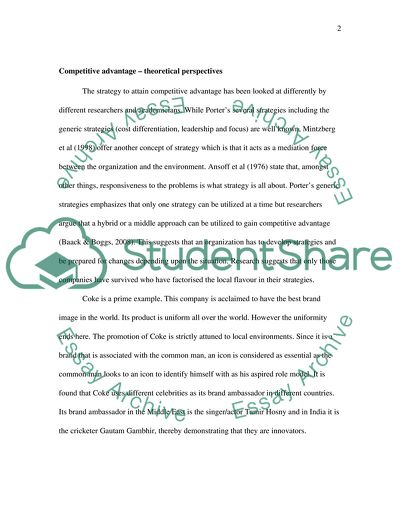Cite this document
(MBA Strategies in Action Research Paper Example | Topics and Well Written Essays - 2500 words, n.d.)
MBA Strategies in Action Research Paper Example | Topics and Well Written Essays - 2500 words. Retrieved from https://studentshare.org/marketing/1724253-mba-strategies-in-action
MBA Strategies in Action Research Paper Example | Topics and Well Written Essays - 2500 words. Retrieved from https://studentshare.org/marketing/1724253-mba-strategies-in-action
(MBA Strategies in Action Research Paper Example | Topics and Well Written Essays - 2500 Words)
MBA Strategies in Action Research Paper Example | Topics and Well Written Essays - 2500 Words. https://studentshare.org/marketing/1724253-mba-strategies-in-action.
MBA Strategies in Action Research Paper Example | Topics and Well Written Essays - 2500 Words. https://studentshare.org/marketing/1724253-mba-strategies-in-action.
“MBA Strategies in Action Research Paper Example | Topics and Well Written Essays - 2500 Words”, n.d. https://studentshare.org/marketing/1724253-mba-strategies-in-action.


